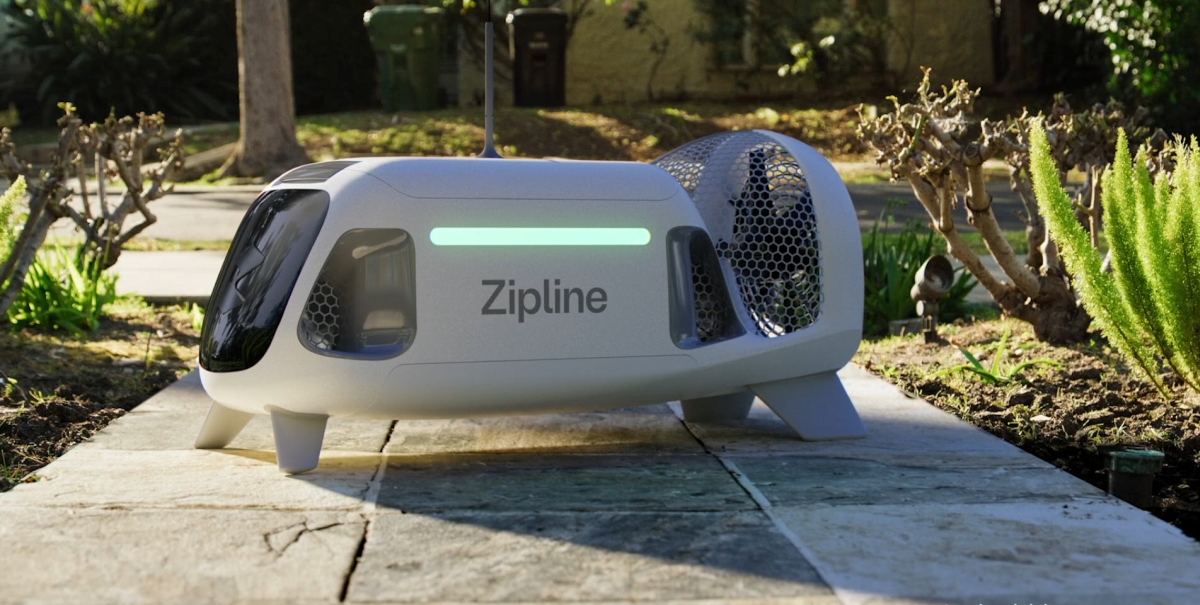
Smart inventory data should be both comprehensive and comprehensible. You want it to encompass all of your warehouse, retail stores, vendors, customers, parts, and products while also distilling it into a format that makes sense so that you can actually use it on a daily basis to spot trends and improve your business operations. That’s quite a mouthful. Basically, we’re saying that smart inventory data can benefit your business. Let’s explore two big examples of inventory data that can be used in smart and interconnected ways:
- Past Sales Data
- Forecasting Tools
Take a Close Look at Your Previous Sales
Whatever warehouse management solution you use, it should save your sales in its database and allow you to look back and see significant signs. Certain ones will let you view a specific item’s total number of sales and adjust the date range for them. Maybe you only want to view the number of sales in a particular month, week or day, or you may even want to view the number of sales over the course of the summer, winter, fall, or spring if an item is seasonal in nature. The point is you can drill down deep into the data to see where each of your sales came from, by the recipients’ country, state and city.
If you have multiple locations, you can notice which ones are growing and slowing, and where you might want to put more effort into. This is a boon to your business, helping you to adjust inventory levels by location so the right products are stored closer to the customers who want them. There are many other ways that past sales data can help. This is just scratching the surface, as we will soon see.
Forecast Future Sales and Inventory Needs
Forecasting looks to the past to let you peer into the future. It builds upon the foundation of past sales data to not only identify where sales are made, but to home in on patterns that can help you plan ahead for future needs. The more inventory data you have in the system the better because you will be able to see how sales have increased over the years and at different times of the year by location. You can use the same filters as the ones we discussed for looking at past sales to adjust for time periods, items, and locations.
If a product is growing in popularity at a certain rate over time, you will be able to add a higher quantity in the coming year to match the rate at which its sales have been historically increasing. Sure, the rate of increase or decrease isn’t necessarily going to be constant for all time. After all, products have life cycles and they do not stay hot forever because that is the nature of technology, innovation, and progress. But there are some products that will probably always be good sellers, like food, drinks, office supplies, etc. It’s hard to innovate away from such things. Forecasting not only helps you plan for where products will be needed, but in what quantities they will be needed at specific times of the year.
The Smart Way
The purpose of using smart inventory data is to prevent problems, such as overstocking on slow-moving products or running out of popular products just as they are needed most. Looking at past inventory data and forecasting future requirements helps you make the most of your resources while avoiding unnecessary expenses. Now that’s easy to comprehend.
About the Author: Robert Lockard is a copywriter with Fishbowl, a manufacturing and warehouse management solution for QuickBooks. Since 2010, he has written hundreds of blog posts, articles, and more on the topics of asset tracking, barcoding, inventory management, and order management. He lives in Orem, Utah with his wife and four children.
Edited by
Ken Briodagh





